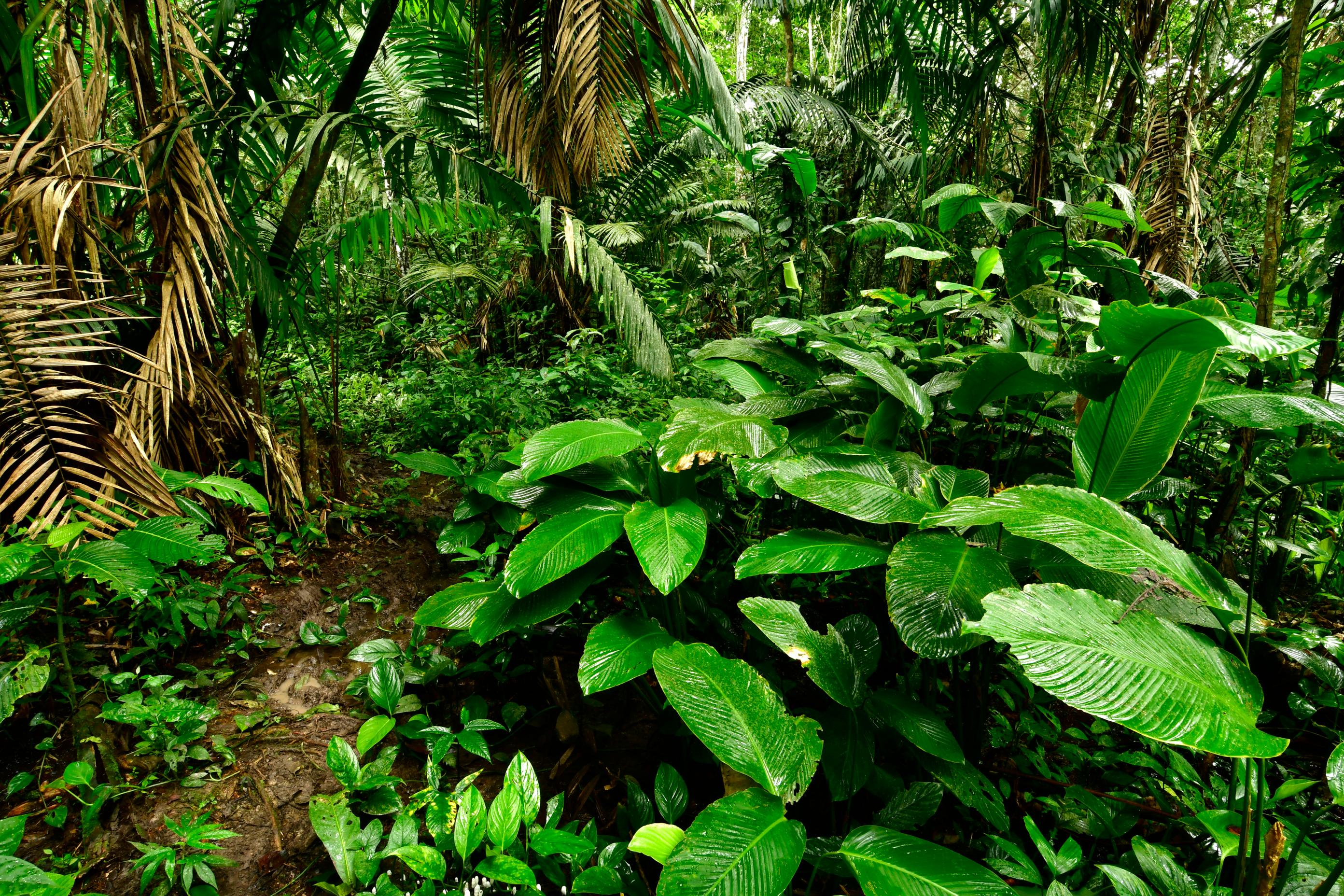
Results from a Rapid Biological Assessment of Alto Mayo, Peru
In the summer of 2022, a team of researchers with Conservation International’s Rapid Assessment Program (RAP) conducted a biological survey that uncovered a trove of biodiversity in the heart of Peru’s Alto Mayo landscape. Their survey revealed at least 27 species new to science and 49 species that are threatened with extinction according to the IUCN Red List. Nestled where the Amazon rainforest meets the Andes Mountains, Alto Mayo boasts seven distinct types of forests alongside bustling cities, towns and farmlands. Despite the pressure of human development, scientists were stunned by the sheer variety of life — much of it found nowhere else on Earth.
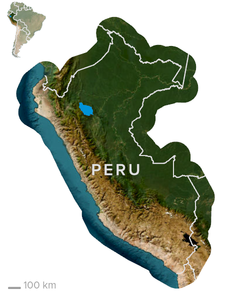
Where Is Alto Mayo?
The Alto Mayo landscape covers about 780,700 hectares (1.9 million acres) in the upper basin of the Mayo River, within the provinces of Moyobamba and Rioja, in Peru’s San Martín department. This area includes territories belonging to Indigenous communities of the Awajún ethnic group, alongside cities and towns that draw migrants from across Peru. The region's relatively high population density has fueled high rates of deforestation and agricultural expansion, threatening the exceptional and unique biodiversity of Alto Mayo.
The boundaries shown on this map does not imply endorsement or acceptance by Conservation International. Capital of province, capital of district and political boundaries © INEI (2022). Field sites © CI-Peru (2024). Alto Mayo Protected Forest and buffer zone © SERNANP (2023). IIRSA North highway and other roads © MTC (2018). Rivers © IGN (2022). Indigenous communities © GORESAM (2022). Alto Mayo basin © ANA (2022).
What makes Alto Mayo special?
While most research in Alto Mayo has focused on the Alto Mayo Protected Forest in the northwest and other protected areas in San Martín, relatively little is known about the more densely populated central region. Conservation International’s RAP expedition set its sights on this largely unstudied area.
The expedition gathered information on biodiversity and ecosystem health to help guide the development of a new ecological corridor that will connect the Alto Mayo Protected Forest with the Cordillera Escalera Regional Conservation Area — strengthening a growing network of protected areas in San Martín and neighboring regions.
Using data from the expedition, Conservation International is working closely with the regional government, Indigenous communities and other local stakeholders to identify priority areas for protection. Together, they aim to establish a management plan that protects Alto Mayo's most vulnerable species while enhancing livelihoods for the people who live there.
What we found
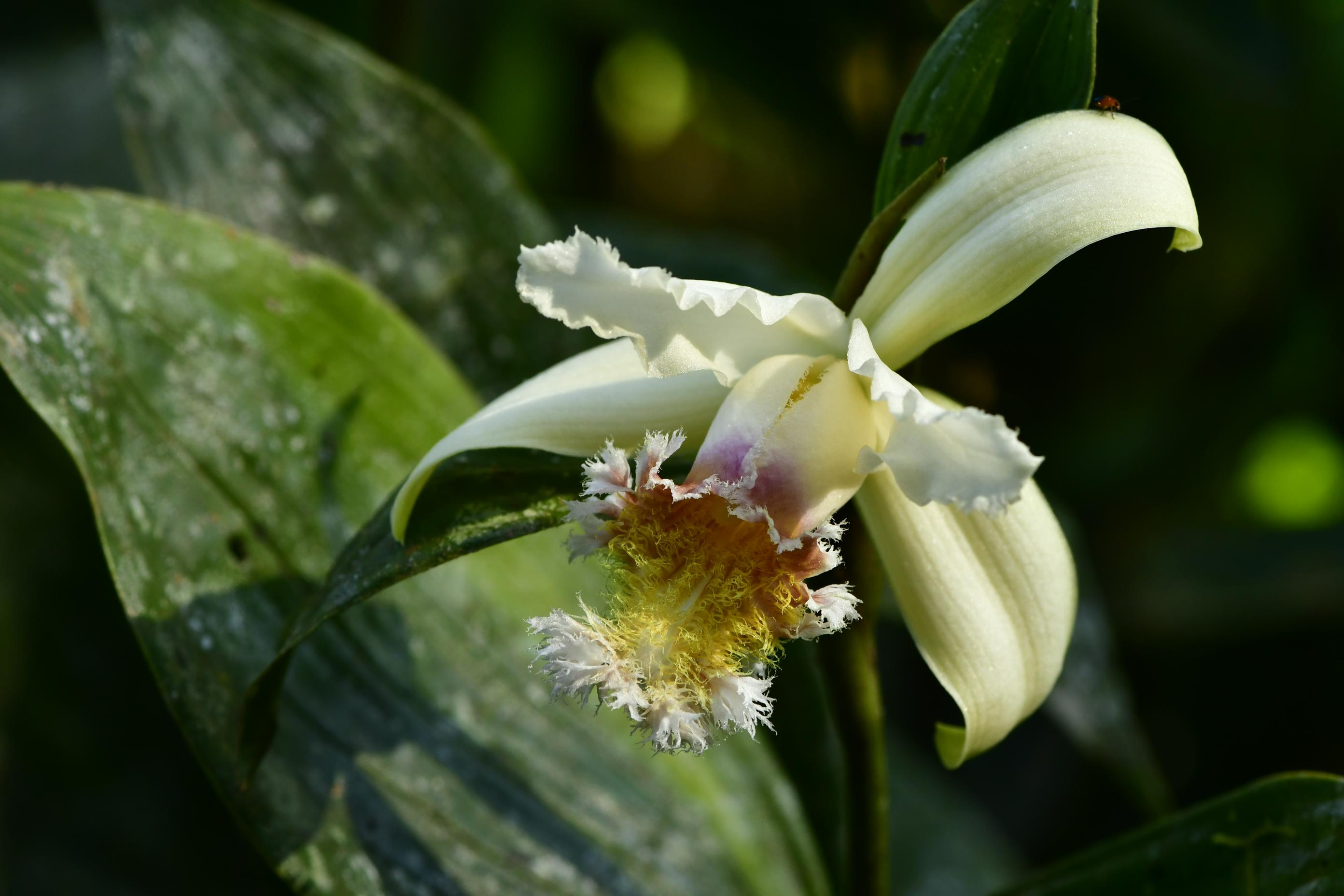
Plants
The RAP expedition documented over 950 species of vascular plants in central Alto Mayo, including five species endemic to the San Martín region and 10 listed as threatened with extinction by the IUCN Red List. Among the discoveries were three species potentially new to science — Stylogyne sp., Ilex sp. and Schefflera sp. — which are undergoing further study. Despite habitat fragmentation from human activity, the area’s plant diversity remains astonishingly high. Notably, the territories of the Indigenous Awajún people harbor the greatest variety of plants, many of which provide important resources such as medicines, building material and food. Peru’s flora is estimated to include around 20,000 vascular plant species, with new species described each year and an estimated 30 percent yet to be discovered.
(Native orchid of the Sobralia genus, pictured).
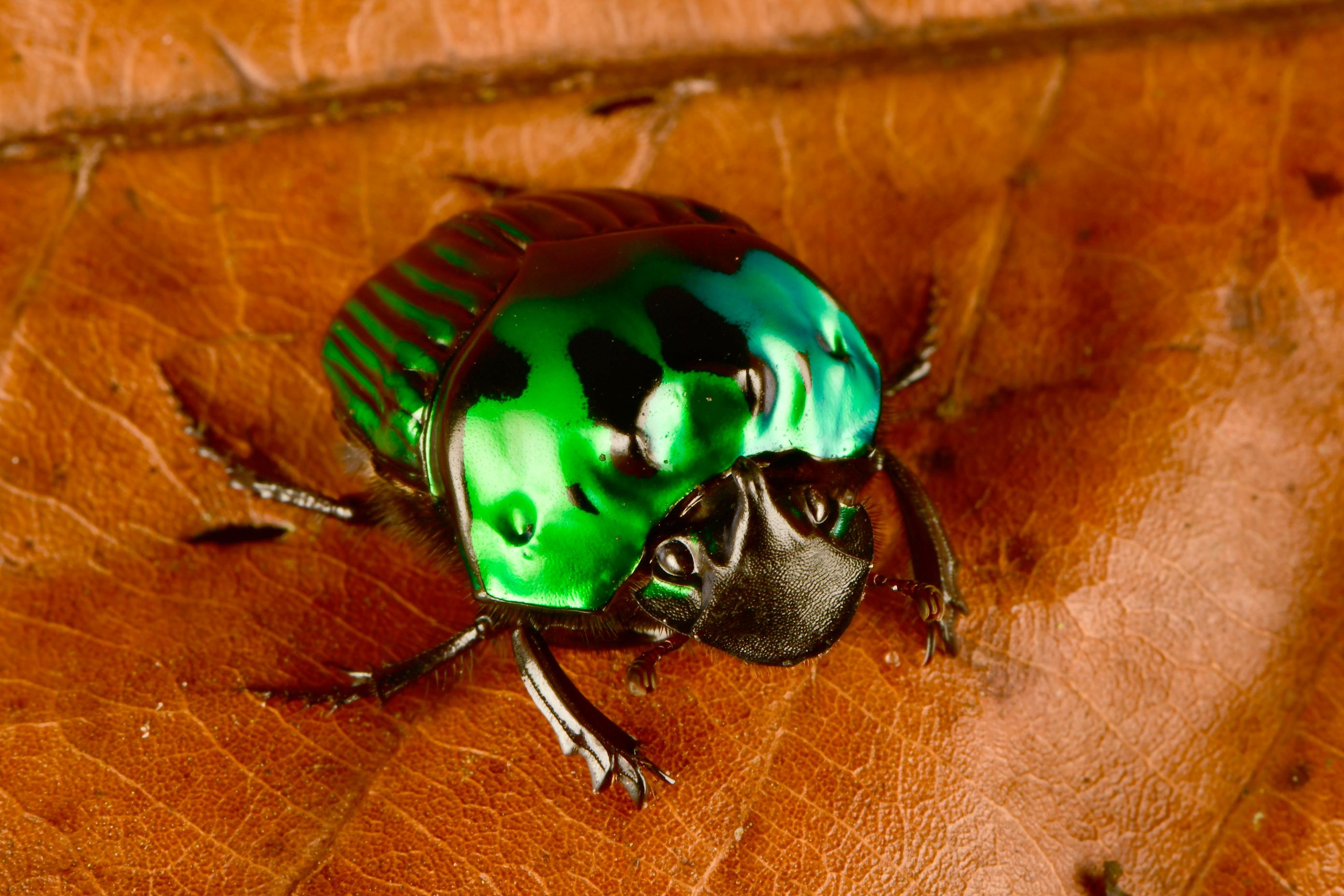
Butterflies and beetles
The RAP focused on two types of insects: diurnal (daytime) butterflies and scarab beetles (with a focus on dung beetles).
Known as wampishuk in the Awajún language, diurnal butterflies are noted for their large wings and striking color variations. More than 200 species of butterflies were identified during the RAP, including 10 new to science, 24 potentially new to science (pending further investigation) and 14 recorded in Alto Mayo for the first time. Most specimens were collected from the region’s low, forested hills and tropical forests, with the majority of observed species belonging to the brush-footed butterfly family (Nymphalidae).
Dung beetles, called toritos or carahuay by the Awajún, belong to the Scarabaeidae family, a group with about 27,000 species found worldwide. Since most dung beetles rely on large mammals and other vertebrate animals for food, they are excellent indicators of hunting pressure. By burying dung, dung beetles also provide essential ecosystem functions such as secondary seed dispersal, nutrient recycling and regulation of parasites. The RAP recorded more than 70 species of scarab beetles across Alto Mayo's diverse ecosystems, including two species of Scybalocanthon that are new to science and 45 species previously undocumented in the region.
(Oxysternon conspicillatum pictured)

Birds
The Alto Mayo region is a popular destination for birdwatching and attracts tourists from around the world. During the RAP, researchers documented an astonishing 536 bird species across a range of elevations and a variety of ecosystems including cloud forests, lowland forests, palm swamps and coffee plantations. Among these were nine endemic species of high importance, including two antpittas (Grallaria blakei and Grallaria przewalskii), two flycatchers (Zimmerius villarejoi and Leptopogon tackzanowskii), two tanagers (Ramphocelus melanogaster and Iridisornis reinhardti), a tiny woodpecker (Picumnus steindachneri), a manakin (Machaeropterus eckelberryi) and an antwren (Herpsilochmus parkeri), named after the late Ted Parker, a legendary ornithologist, former Conservation International employee and an architect of the RAP program. The expedition also recorded 26 bird species threatened with extinction. To capture this impressive diversity, scientists used traditional methods like transects and mist nets, along with passive bioacoustic sensors to record and identify many bird species based on their calls.
(Rufous-crested coquette, Lophornis delattrei, pictured)

Reptiles and Amphibians
The RAP documented 27 species of amphibians and 18 species of reptiles — more than expected given prior monitoring in the region and the proximity of human settlements to many of the study areas. Among the cataloged amphibians were two frogs with highly restricted ranges: Phyllomedusa chaparroi and the endangered harlequin frog Atelopus seminiferus (pictured). The team also identified two previously unknown populations of the endangered harlequin frog in areas facing logging pressure, highlighting these sites as high conservation priorities. The team found three species of amphibians new to science — a climbing salamander (Bolitoglossa sp.), and two frogs (Chiasmocleis sp. and Pristimantis sp.) — as well as seven more species that are likely new but require further investigation. Two snake species were discovered that are potentially new to science — Atractus sp. and a subterranean blind snake from the genus Epictia.

Fish
Using a variety of techniques — including trawl nets, cast nets, trammel nets and electric fishing — researchers identified 68 species of fish across nearly 30 study areas. Eighteen species were recorded for the first time in the Alto Mayo basin and another 8 were new to science, including undescribed species from the Characiformes group (which includes tetras – like Knodus sp. pictured – and piranhas) as well as catfishes. Among the shocking new fish discoveries was a ‘blob-headed’ fish (Chaetostoma sp. belonging to the bristlemouth armored catfishes), which has an enlarged blob-like head, a feature that the team’s fish scientists had never seen before. The function of this unusual structure remains a mystery. Many specimens recorded by this RAP have not been adequately identified due to the limited taxonomic information available. Taxonomic information helps identify species important for subsistence fishing, such as the locally named boquichico, carachama and bagres, and informs the potential marketability of ornamental species for sustainable pet trade. It is very likely that there are species new to science in the parts of the basin not yet explored.

Medium and Large Mammals
Using a combination of methods that includes camera traps, the team recorded 50 species of medium and large mammals (>1 kg) across a range of elevation and ecosystem types. By order, this included 15 carnivores (including several cat species), 12 primates, six large rodents (over 1 kg), five anteaters and sloths, four armadillos, four hoofed mammals such as deer (ungulates), two marsupials, a tapir and a rabbit. Of these, 10 species were recorded in the landscape for the first time and 11 are threatened with extinction under the IUCN Red List, including the Critically Endangered San Martin titi monkey (Plecturocebus oenanthe), the Critically Endangered Peruvian yellow-tailed woolly monkey (Lagothrix flavicauda) and the Endangered yellow-bellied spider monkey (Ateles belzebuth). Four of the recorded primates are only found in Peru, and two of those are only found in the Department of San Martín.
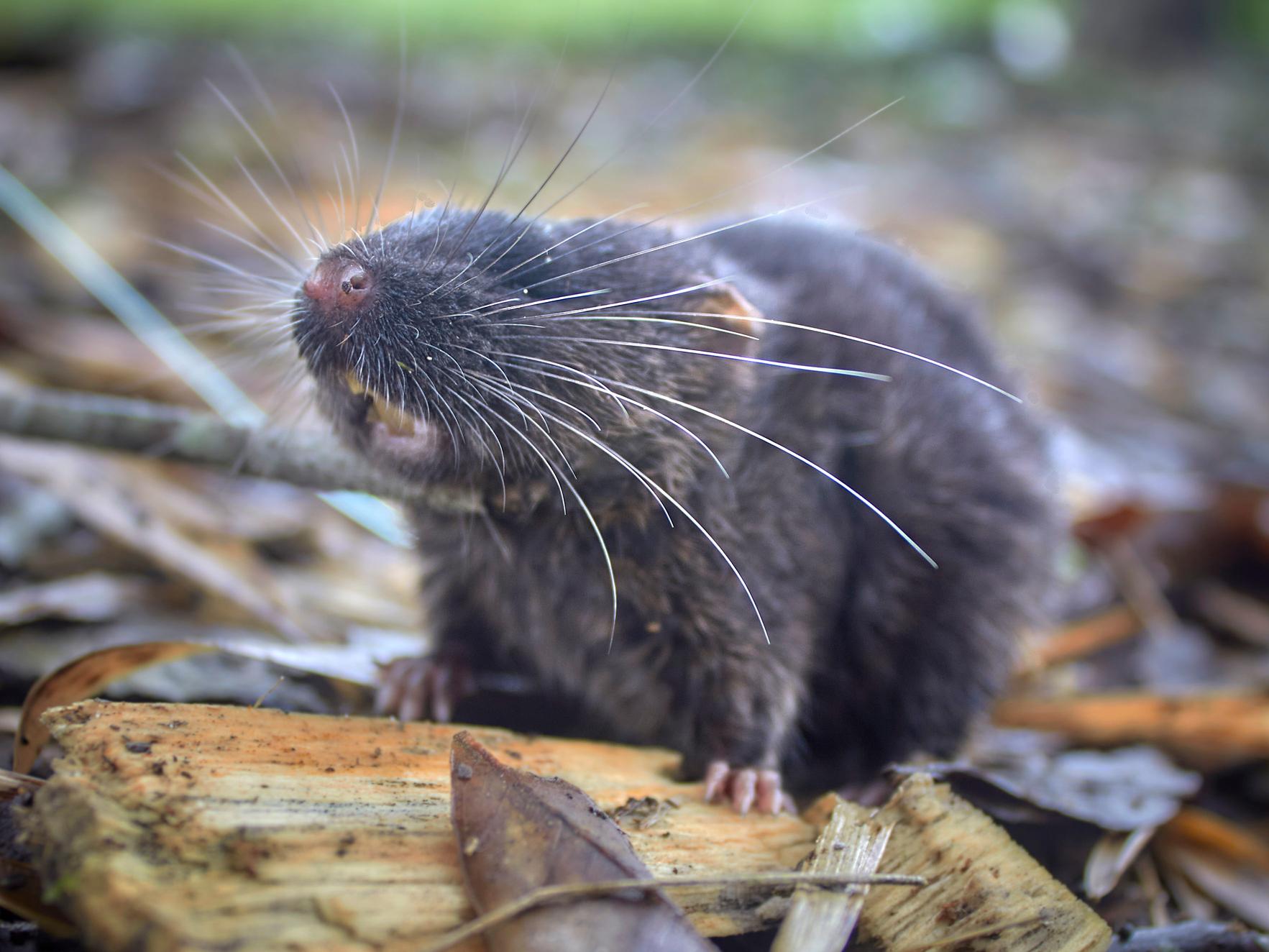
Small Mammals
Excluding bats, researchers identified 35 species of small, non-flying mammals (small rodents and marsupials, less than 1 kg), 12 of which were documented in the Alto Mayo landscape for the first time. Of these, five species are endemic to the region: the Rutter’s mouse opossum (Marmosa rutteri), the golden field mouse (Akodon orophilus), the Peruvian climbing mouse (Rhipidomys modicus) and two undescribed species that are new to science — an amphibious (semi-aquatic) mouse of the genus Daptomys – pictured – and a spiny mouse of the genus Scolomys. Additionally, a previously undescribed dwarf squirrel (Microsciurus sp.) was discovered that will belong to a new genus following taxonomic revision. The amphibious mouse belongs to a group of semi-aquatic rodents considered among the rarest in the world, with only a few species that have been observed by scientists a handful of times. The mouse was found in a single patch of unique swamp forest that is threatened by encroaching agriculture. In addition to the small, non-flying mammals, another 45 species of bats were recorded during this study, including a new species of the Carollia genus — short-tailed fruit bats.
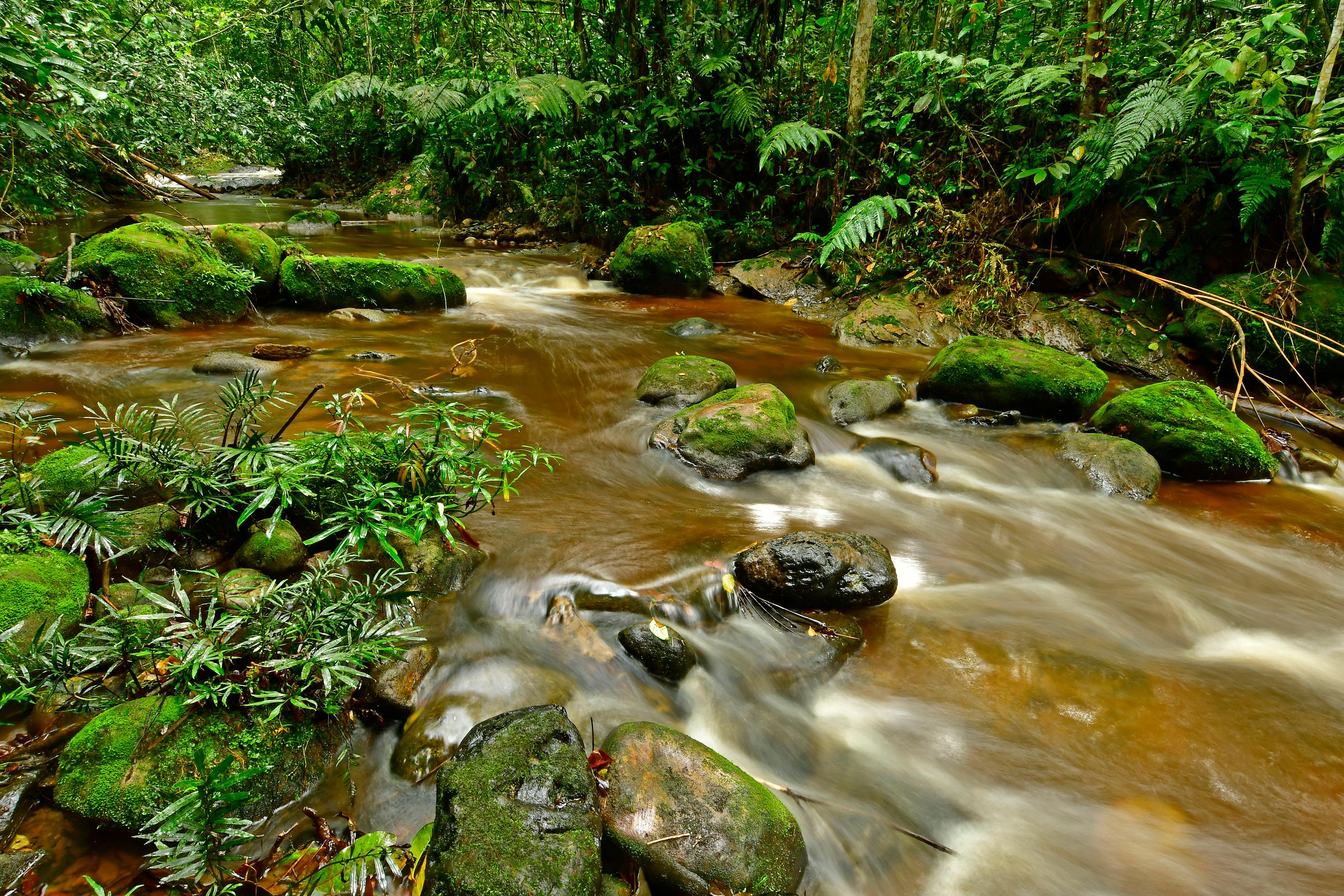
eDNA
In addition to survey methods targeting each of the taxonomic groups described above, the RAP team used environmental DNA (eDNA) collected from water samples throughout the Alto Mayo watershed. By pumping water through specialized filters, DNA material shed by animals into the water can be used to identify many species that are present in the landscape, but are difficult to observe directly, often because they are rare or elusive. Through eDNA techniques, scientists identified the presence of 261 vertebrate species, including 44 fish species, 25 amphibian species, 69 bird species and 78 mammal species.
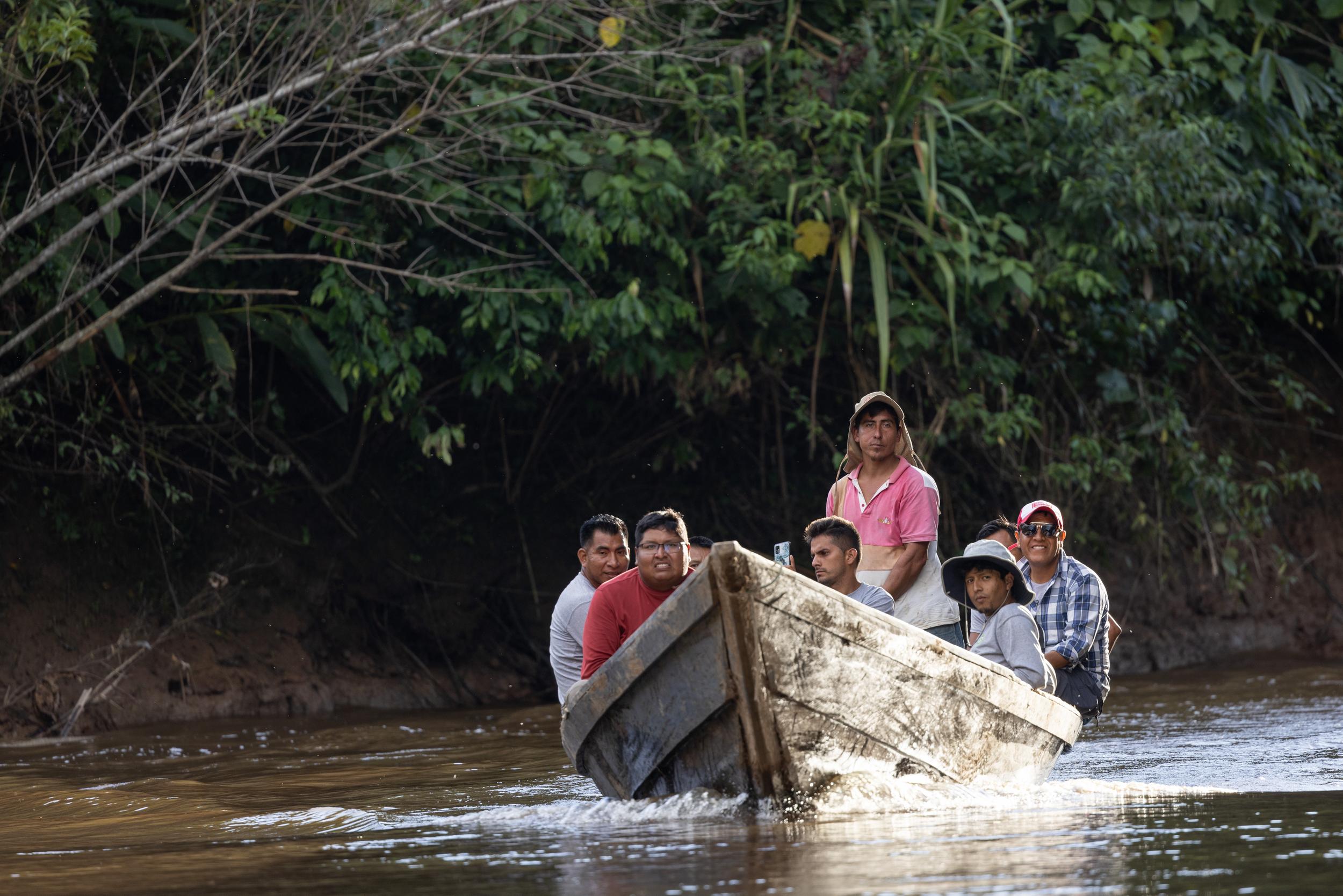
Conservation Recommendations
Threats such as deforestation, expanding agriculture and over-exploitation of resources (e.g., illegal hunting and fishing) have continued to grow in the Alto Mayo landscape. The results of the Alto Mayo RAP have filled many data gaps that are now being used by a variety of stakeholders, including Conservation International, the regional government, Indigenous peoples and local communities, to design a spatial management plan for the Alto Mayo landscape that will better conserve and restore important biodiversity, protect ecosystem services, improve livelihoods, and make agriculture more sustainable.
Our data highlight the specific sites and ecosystems that have the highest potential for protecting and restoring critical biodiversity, as well as which areas are most suitable for ecotourism, selective logging, agriculture and harvesting of natural resources. For example, the team surveyed a patch of white sand forest and an Amazonian swamp that are highly unique and support critical biodiversity — yet both face immediate threats. Although the white sand forest covers a small area, it appears to support a large population of the newly-discovered salamander species, while the Amazonian swamp supports the newly-discovered semi-aquatic mouse. It is unclear if these species are distributed more broadly or if these sites represent their only remaining habitat. Bringing more sustainable practices to the Alto Mayo landscape will not only help the people and species that inhabit this highly diverse area but provide an important ecological corridor for the movement of plants and animals between existing conservation areas across the broader region, helping to ensure species persistence in the face of climate change, habitat loss and other threats.
Read Full Report
RAP Bulletin of Biological Assessment 73
The full assessment "Rapid Assessment Program Bulletin of Biological Assessment 73" is available below as a PDF (474 pages, 25MB), including in Spanish as "Programa de Evaluación Rápida Boletín Evaluación Biológica."